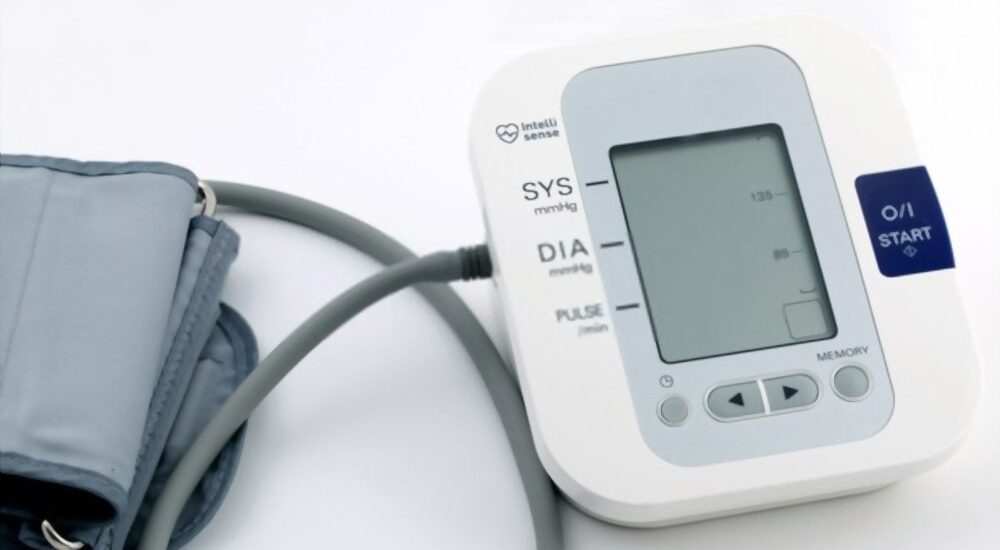- February 16, 2024
- Posted by: David Wilson
- Categories: DME Billing, HME Billing

In the dynamic realm of the healthcare industry, medical equipment providers play a pivotal role. Today the surges in the utilization of medical rental devices are mostly due to the swift technological advancements. However, navigating the intricacies of Durable Medical Equipment and Home medical equipment billing is another issue. Today managing medical equipments billing operation in fact is a source of anxiety for many. This is why here is a deep understanding of the disparities between Home Medical Equipment (HME) and Durable Medical Equipment (DME) billing to make your DME and HME billing journey easy.
DME Billing: A Concise Overview
Today the DME, or Durable Medical Equipment, constitutes a thriving industry. The global durable medical equipment market size was valued at USD 221.35 billion in last year and is projected to grow at a compound annual growth rate (CAGR) of 5.90 % from 2024-2030. The recent growth in DME is mainly due to the rising prevalence of chronic diseases like urological disorders, cancer, cardiovascular diseases, neurovascular diseases, and others. This increase in chronic conditions has not only led to higher hospital admission rates but also the overall demand for Durable Medical Equipments. This category encompasses a broad spectrum of medical devices, such as blood sugar meters, canes, commode chairs, crutches, and Continuous Positive Airway Pressure (CPAP) machines. DME primarily revolves around tangible products and is not confined by usage location. All DME billing companies and DME providers mostly seek all the DME coverage adheres to exhaustive checklists established by insurance carriers, which are:
- Home Assessment: Conducting comprehensive home assessments to ensure safe equipment usage.
- Trained Technicians: Employing trained technicians for equipment delivery and assembly to ensure proper functionality.
Understanding the Challenges associated with DME billing:
Further in the case of managing DME billing, the billing team plays a pivotal role here. From data management to verifying insurance coverage, handling necessary prior auth documentation, and communicating with insurance carriers on behalf of the patient; a biller has to do it all. It does not end here, a biller further has to completely take care of the intricate back-office process that often involves training employees, resolving claims disputes, challenging incorrect reimbursements, and correcting billing errors aging accounts receivable complications and more. Also, understanding that the Medicare coverage for DME necessitates a face-to-face office visit with a primary care provider (PCP) is also important who must sign an order, prescription, or certificate. The prescription must further state the medical necessity of the equipment and its intended reason for the usage at home. Additionally, the office visit should occur no more than six months before the prescription is written.
Navigating DME billing complexities is not easy as it is seen, meticulous attention to detail and experience billers and coders can make a huge difference.
HME Billing: A Concise Overview
Home Medical Equipment (HME) focuses specifically on devices suitable for home use by patients or non-professional caregivers, such as catheters, apnea monitors, bedpans and more. The global home healthcare market reached a value of USD 390.24 billion in last year and is expected to grow at a compound annual growth rate (CAGR) of 7.96 % from 2024 to 2030. This growth is driven by increasing demand for cost-effective healthcare solutions to address rising costs and the expanding presence of virtual and remote care services.
The Challenges associated with HME billing:
Unlike DME billing, HME billing presents unique challenges, necessitating efficient internal communication channels to fulfill patient needs, complete surveys, and obtain accreditations and FDA licensure for specific equipment, like oxygen supplies. Furthermore, the expansion of HME services to include professionals such as physical therapists, dieticians, nurses for in-home visits, diabetic counselors, and respiratory therapists adds complexity to the billing process. This diversification underscores the importance of extensive training and experience for billing experts to ensure accurate and timely reimbursements. Consequently, many providers are exploring outsourcing options to manage these complexities effectively.
The Role of Outsourcing in managing Complex Billing Structures
Given the intricate nature of DME and HME billing, today there are many providers opting for outsourcing solutions to streamline their processes. By partnering with specialized medical billing experts, providers can ensure efficient reimbursement processes while redirecting resources to prioritize high-quality patient care.
Sunknowledge: Your operational extension Partner in DME and HME Billing
Sunknowledge Services Inc. understands the nuances of both HME and DME billing, alleviating the burden for numerous industry leaders. With a focus on navigating complex billing structures, reducing operational expenses, and maintaining rigorous follow-up procedures, Sunknowledge delivers exceptional productivity metrics. With 99.9 % accuracy and outsourcing productivity metrics, Sunknowledge today is the leading RCM solution catering to the billing needs of many leading names in the healthcare industry.
For more information on how Sunknowledge can support your billing needs, contact our experts today. Let us help you concentrate on your primary goal of delivering outstanding healthcare services to those in need.
